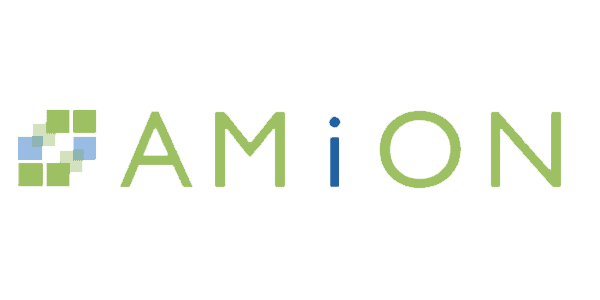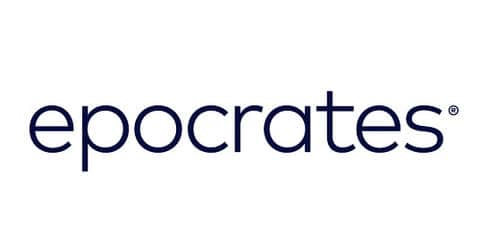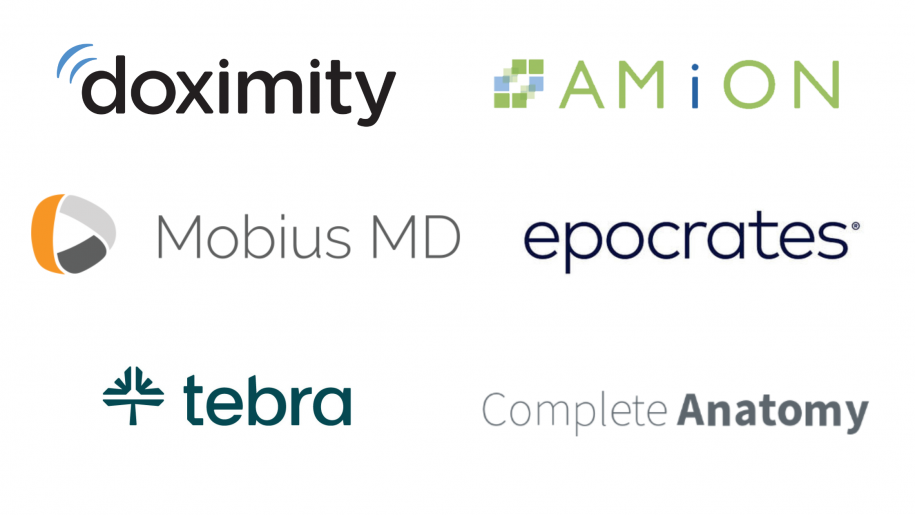You’ve found the best EMR for your specialty and streamlined your documentation workflow. However, managing a successful medical practice in 2024 will require lots of work beyond the EMR. You must maintain an online presence, manage scheduling, and securely communicate with patients. Knowing the right medical practice software tools – for scheduling, dictation, clinical decision support, and more – will make your life much easier.
Medical practice software: the best of 2024
As a medical workflow company, our team at Mobius MD constantly follows the latest in practice management software and health IT. Here are 6 of our favorite medical practice software tools in 2024, each with a different purpose.

Streamline scheduling with Amion
What if you enjoyed scheduling? Imagine if the schedule populated your on-call list automatically, and page operators, colleagues, and support staff always reached the right provider.
Amion (“Am I on”) makes scheduling fun with templates, patterns, staffing rules, and an auto-scheduler explicitly designed for medical practices. With a few clicks, post schedules to Amion.com, where staff can view assignments, send secure messages, sync work schedules to personal calendars, or swap shifts online.

Call patients from your smartphone with Doximity Dialer
Do you wish you could call a patient from your smartphone without giving them your private contact info? Doximity makes that easy by converting your smartphone into a mobile medical office.
You can use Doximity Dialer to skip *67 and choose the number to display when you call, no matter where you are. They also support one-tap telehealth, no-reply texting, and the ability to skip straight to voicemail instead of calling someone first.
Doximity is indispensable for doctors who travel or work from multiple locations. You’ll save a lot of time and hassle by adding Doximity to your medical practice software toolbox.

Get clinical decision support with epocrates
More than 1 million healthcare providers use epocrates, so you’ve probably heard of it. Since 1998, epocrates has delivered up-to-date research and clinical content to physicians around the globe. The software is backed by a medical information team of pharmacists, physicians, and associates who ensure the information you see is up-to-date and accurate.
Epocrates has several features: educational articles and videos, drug prescribing and safety information, and an interaction check tool. Users can upgrade to epocrates+ for additional disease information, alternative medicines, lab data, and ICD-11 codes.

Dictate anywhere with Mobius Conveyor
Mobius Conveyor is the leading mobile medical dictation software that works on any computer – PC or Mac. The software lives on your smartphone, so it’s always with you. Quickly pair your phone with any desktop and start speaking. Conveyor allows you to dictate into any EMR, word document, email, or anywhere else you place your cursor.
Conveyor works on any computer, making it the ultimate medical dictation software for doctors who use a Mac. It’s also essential for anyone who values portability. You can even use Secure Dictation Memos to create and store your dictation on your phone while traveling, then send it to the patient record later with one click.

Grow your practice with Tebra
Do you ever feel overwhelmed by marketing your practice and administrative work like billing and patient communication? Tebra is a complete medical practice operating system, the result of a merger between the medical website and marketing company PatientPop and Kareo, a leader in cloud-based clinical and financial software.
Tebra is a good option for independent medical practices looking for an all-in-one solution for patient acquisition, patient communication, care delivery, billing, and data insights.
Teach anatomy with Complete Anatomy from 3D4 Medical
Complete Anatomy is the world’s most advanced 3D anatomy platform. Whether you’re a student or a professional, this is one medical practice software tool you don’t want to overlook.
Students can use Complete Anatomy to study and prepare for labs.
Meanwhile, providers can purchase a professional license to use for patient education. Whether it’s tachycardia or musculoskeletal challenges, Complete Anatomy can help enhance patients’ understanding of their condition by describing their pathology in 3D. You might also want to demonstrate a virtual dissection for students or peers or build the platform into your slideshow at a conference.
How to integrate new medical practice software tools
Whenever you learn new software, there’s a startup period that requires a little extra time and energy. But each software tool described above will save you many hours in the long run.
To get the most from your software, focus on one new thing at a time. Ask yourself: “Which medical practice software tool would add the most value to my practice?” Pick one and make the time to thoughtfully integrate it into your work routines over the next several weeks.
